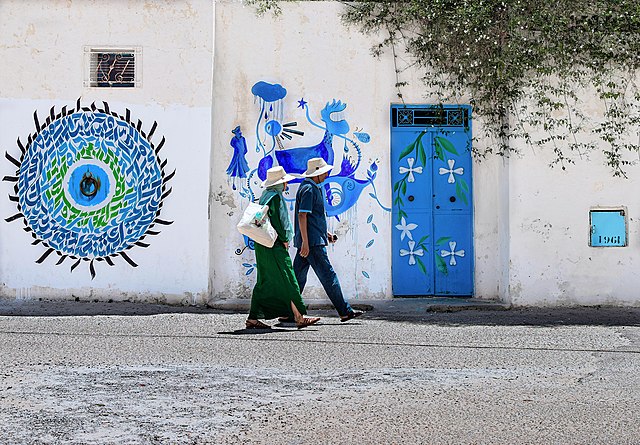In meditation, we patiently cultivate two qualities of the heart that are so comforting and life-changing, some call them “refuges.”
Now, while loving-kindness and compassion might sound like these grand ideas, they’re actually really practical meditation practices. When you put in the effort, they truly transform your heart.
Think of it as a master gardener bringing dead soil back to life.
These practices can do the same for parts of yourself you’ve neglected.
In a garden, you set up all the right conditions for things to grow – rich soil, enough sun, regular weeding. All these things work together. But you don’t make a sweet potato grow.
When the conditions are right, it just grows on its own. We do the same thing with our hearts: we create the right inner conditions for good qualities to bloom.
And yep, we’re talking about loving-kindness and compassion.
These qualities are already in us, though maybe a bit hidden by past choices that weren’t so skillful. Our practice helps us see where suffering is popping up everywhere.
Here’s the cool part: when you gently tend your heart like a garden, pulling out the ‘weeds’ of fear, disappointment, and confusion, a deep tenderness starts to show up.
Loving-kindness meditation isn’t about being sappy or pretending to like everyone.
As the Buddhist teacher and psychologist Tara Brach says,
It’s not about turning somebody we don’t like into somebody we do like – or pretending to like everybody.
This practice gives you more inner space, making you friendlier to yourself and others as you quietly repeat phrases like:
May all beings be well, happy, and peaceful.
Compassion practice helps us see when others are struggling, and from that awareness, we genuinely wish for their suffering to end.
There’s no direct word for ‘meditation’ in the ancient language the Buddha spoke. Instead of just telling monks to meditate, the Buddha always talked about ‘bhavana’ – which means ‘cultivation.’
And it’s clear the Buddha was saying that spiritual development is not so much about attaining any rarified states of consciousness, but rather it’s more about cultivating what he called “wholesome” states of mind.
And yes, we’re talking about loving-kindness and compassion.
Since these qualities are already inside us, practicing loving-kindness is like tilling the soil before planting seeds. It breaks up hard spots and brings up richer, deeper parts of yourself.
When everything’s just right, things flourish.
But does a garden stop growing when the sun sets? Nope, the night cycle is actually crucial.
Our inner garden keeps growing even in dark times such as these.
When we let our hearts feel vulnerable during really tough periods, a new kind of sensitivity grows. We become so tender. Unhappiness can actually be a great tenderizer for the heart.
Our practice is to stay with this “quivering of the heart,” as it’s called.
And in that genuine sadness, there’s a deep love. As we move through layers of fear and denial, we start to see that at the core of heartbreak is love.
Our whole practice can be about learning to uncover and rest in this kind of love.
As we get comfortable with our own vulnerable hearts, we naturally connect with others whose hearts are breaking or who are feeling loss.
Ultimately, this practice helps us move through life with a light step. And in a beautiful way, it helps us carry others lightly in our hearts. It’s like we’re all walking this path together.
As Ram Dass often said: “we’re all just walking each other home.”






